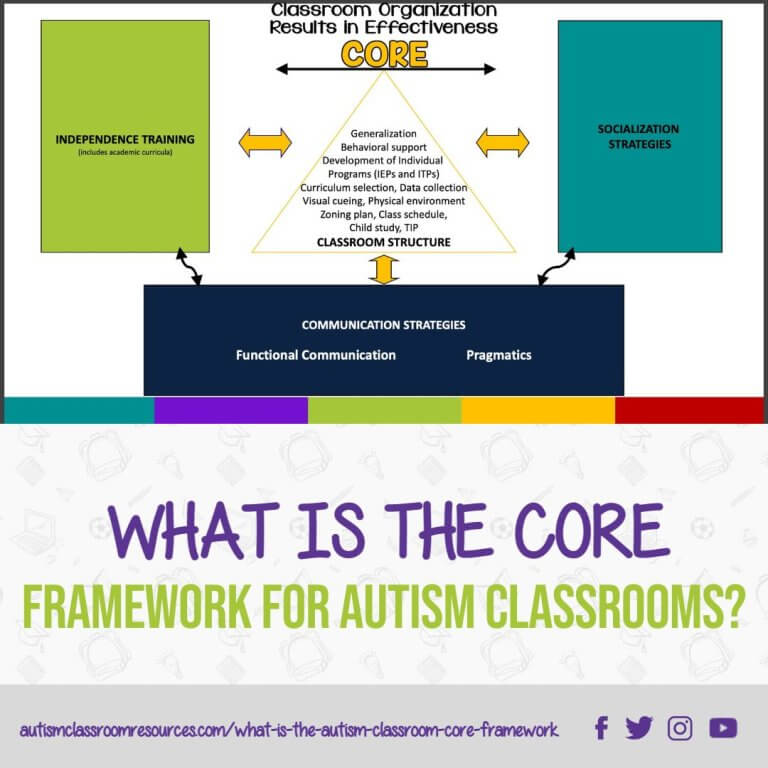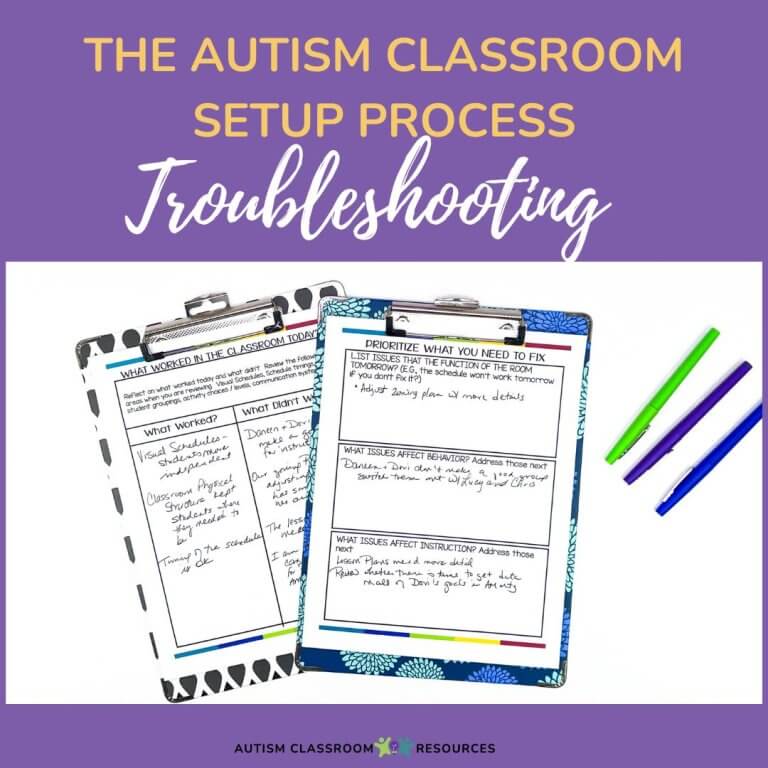Summary
Inside: I’m kicking off a series of posts about the CORE Framework for Autism Classrooms. In today’s post, we will break down what the CORE Framework is, where it came from, and what it involves. We will explore why the model is so important. But primarily I want to show you how it can save you time, energy, reduce stress, promote collaboration, and ultimately help you get back to teaching.
Table of Contents
What is the CORE Framework?
The CORE Framework was developed by Dr. Susan Kabot and I to describe our approach to working with classrooms supporting students with ASD. CORE stands for Classroom Organization Results in Effectiveness.
As we worked with multiple hundreds of autism classrooms over the years across the country, Sue and found that the key to a successful classroom is one that has systems established to promote routines and get things done. Systems minimize how much attention the teacher needs to pay to everyday types of things.
The purpose of this framework is to create an environment that promotes learning while also addressing challenging behaviors associated with autism. It provides teachers with a comprehensive approach to managing their classrooms and ensuring students are receiving individualized instruction tailored to their needs.
If you are interested to know where the CORE name came from and why I think it’s appropriate, check out episode 146 of the podcast where I tell that story. Suffice it to say that I equate the CORE in the classroom to the CORE strength of your body. Both have to be strong for the rest to work effectively.
Elements of the CORE Framework?
Creating a consistent, predictable autism classroom environment is essential for student success. That’s why the CORE is so important. It serves as the foundation for the classroom.. The CORE Framework includes systems for developing the daily routine, individualized instruction, and Positive Behavioral Interventions and Supports (PBIS).
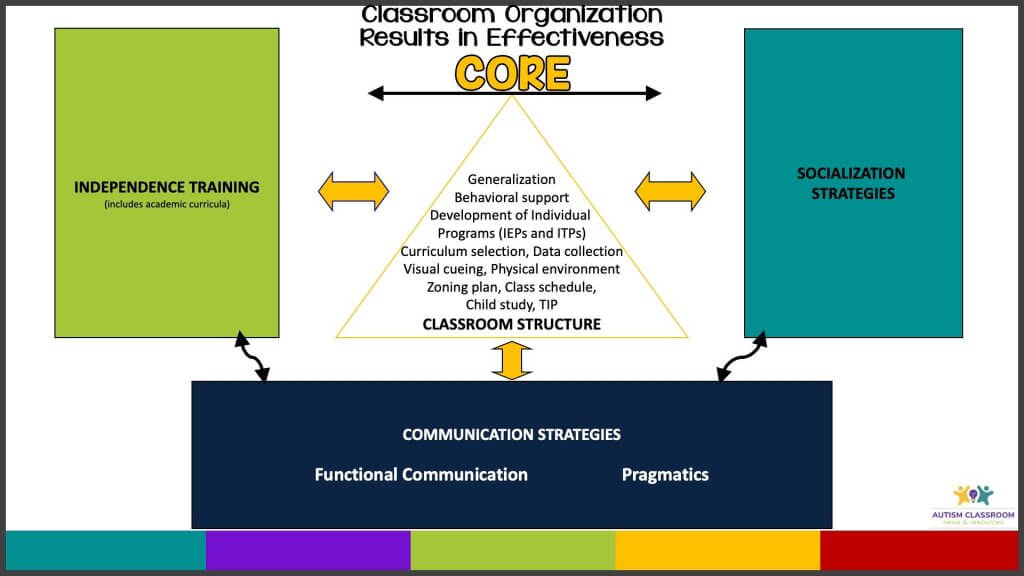
The CORE is represented by the yellow triangle in the center of the picture. It provides the structure that supports the interventions and strategies used to teach new skills. The CORE encompasses differentiated instruction tailored to the individual needs of each student, classroom management to promote appropriate communication and social behavior, and the daily routine, which includes the classroom schedule and other vital elements.
By focusing on the CORE, teachers can create a classroom environment where students feel safe, supported, and engaged. This will ultimately lead to improved student learning, behavior, and overall success.
The CORE Framework can also help to save the teacher time, stress and frustration. And most important it allows the staff to get back to focusing on the students and teaching, rather than classroom management.
Differentiation Through the Teaching Implementation Plan (TIP)
I typically start organizing classrooms with the Teaching Implementation Plan. The TIP tells us what each student needs to learn on their IEP and makes us really think about how we’re going to teach the skill, and in what activity are we going to teach the skill.
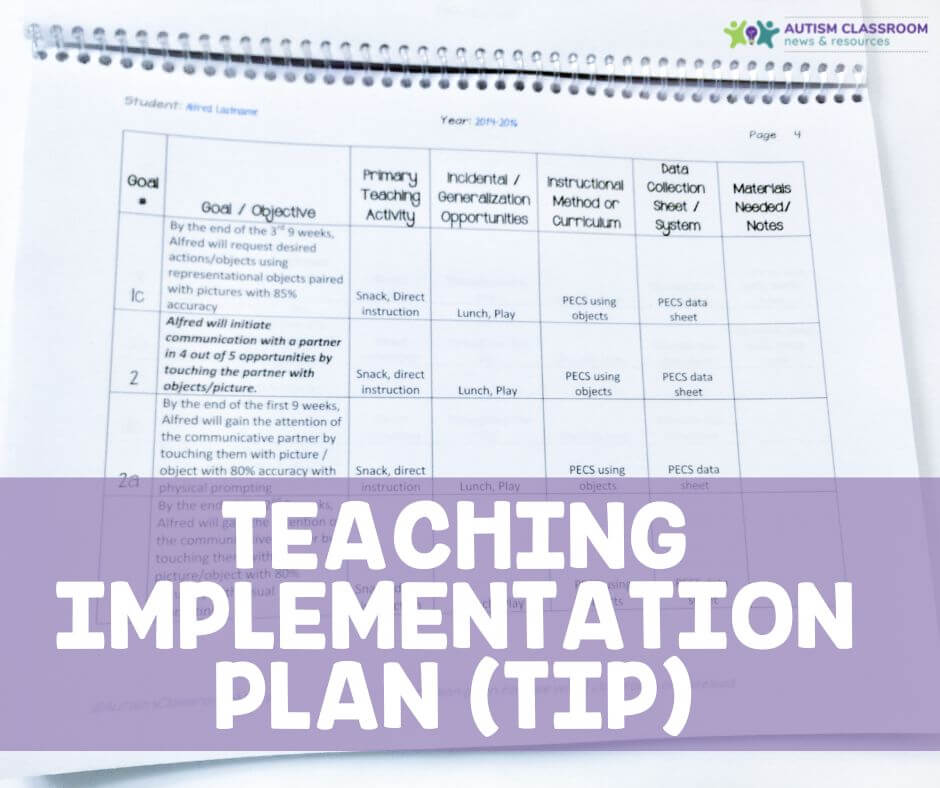
TIPs allow us to plan out which skills are being addressed at which time during the day. They also assure that each IEP goal is addressed during the school day, that there is data collection systems that will be linked in to collect the data, etc. Given that the autism classroom must meet the needs of the students it serves, the TIP is my best strategy for planning out what that will look like in the year.
The Classroom Schedule & Routines
The classroom schedule is the logical next step after the TIP. To me the schedule is keystone of the whole classroom and the whole CORE Framework.
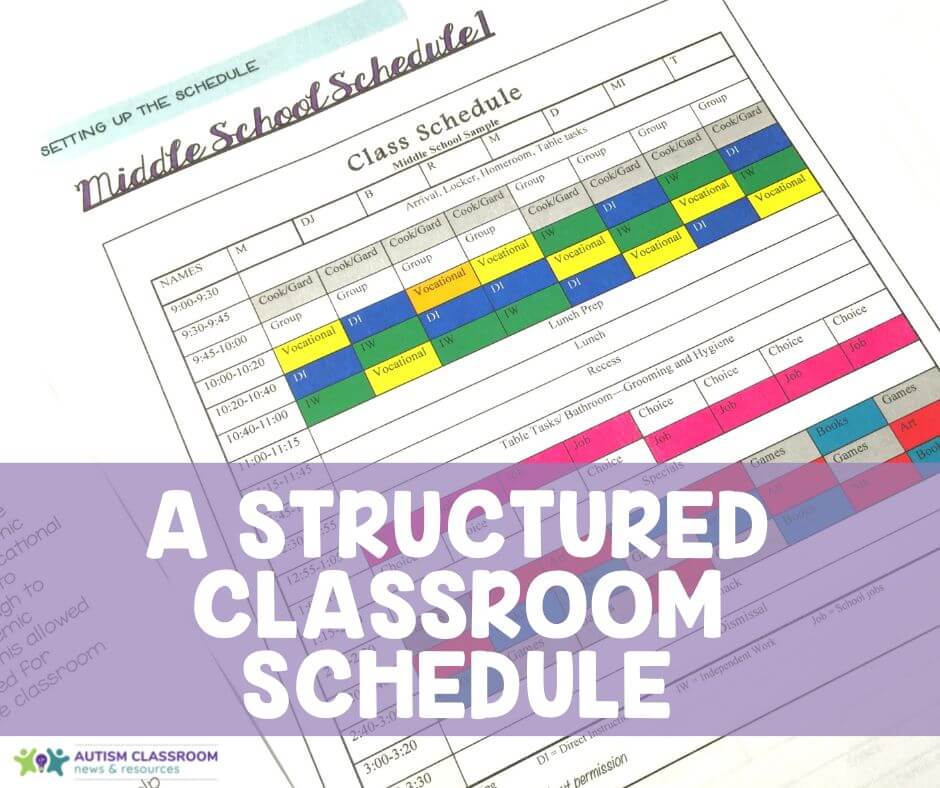
The key is creating a classroom schedule with appropriate lengths of times for activities. Then it’s practicing the schedule so that it becomes a routine, getting the classroom schedule where we don’t have downtime in between activities, where activities are the right length.
The goal of the autism classroom schedule is make sure that our students are engaged and moving from this to that to this to that. There’s no moving to this and hanging out for five minutes before students are engaged.
Room Arrangement, Structure and Visual Supports
We want to have our physical environment organized in a way that it’s predictable. We need to make sure the materials are where we need them. This prevents us from having to leave my students go across the room to get the materials.
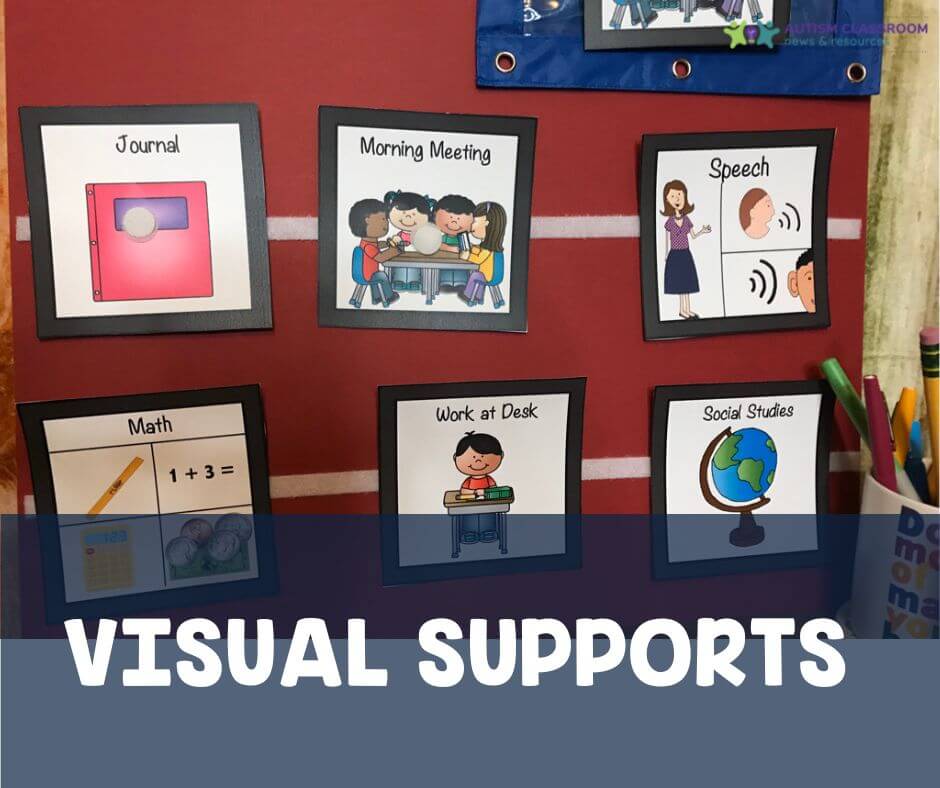
We want to have visual cues that are providing support for our students. But also, let’s face it, they’re providing support for our staff.
We all get messed up if a student’s picture schedule gets messed up. And it’s not because we need a picture schedule, it’s because that’s what we’re using as our schedule for the day.
So we want to make sure that we’ve got visual cues in place that makes sense for our students. And, we also, we may have some that are going to make sense for our staff as well.
Data Collection and Analysis Systems
We have a plan for data collection and we work that plan. We make a plan for data when we are completing the TIP. We build that into our schedule. Then, we build that into our lesson planning.
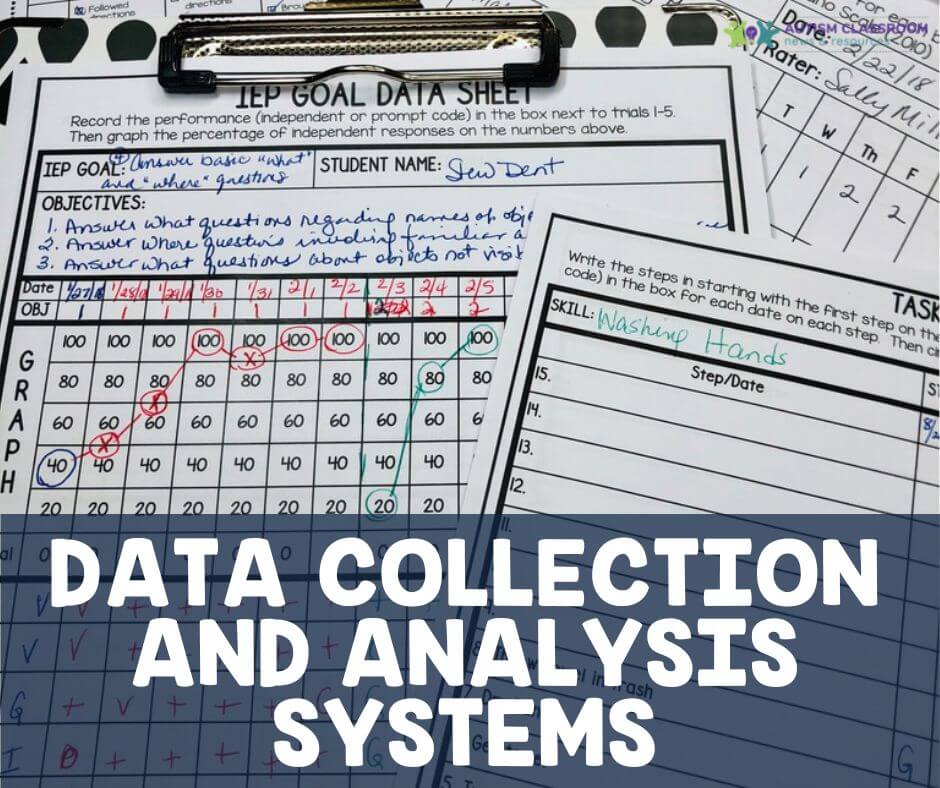
Everybody knows what’s expected with data collection, and the data gets collected on a regular basis. It’s not a dream, we can actually do it.
Check out this podcast episode for creating a data collection system. And take the free Creating a Data Collection System webinar in the Resource Library for how I start a data collection system in the classroom.

Lesson Planning with IEPs and Curriculum
Along with our data collection system, we need a system for lesson planning, and how we’re going to implement our curriculum across the room. Whether that is a full day curriculum, like the Unique Learning System, or Teach Town or STAR. Or whether it’s the more individualized subject based curricula, like different reading curriculum or different math curriculum. We want to make sure we’ve got those in there as well.
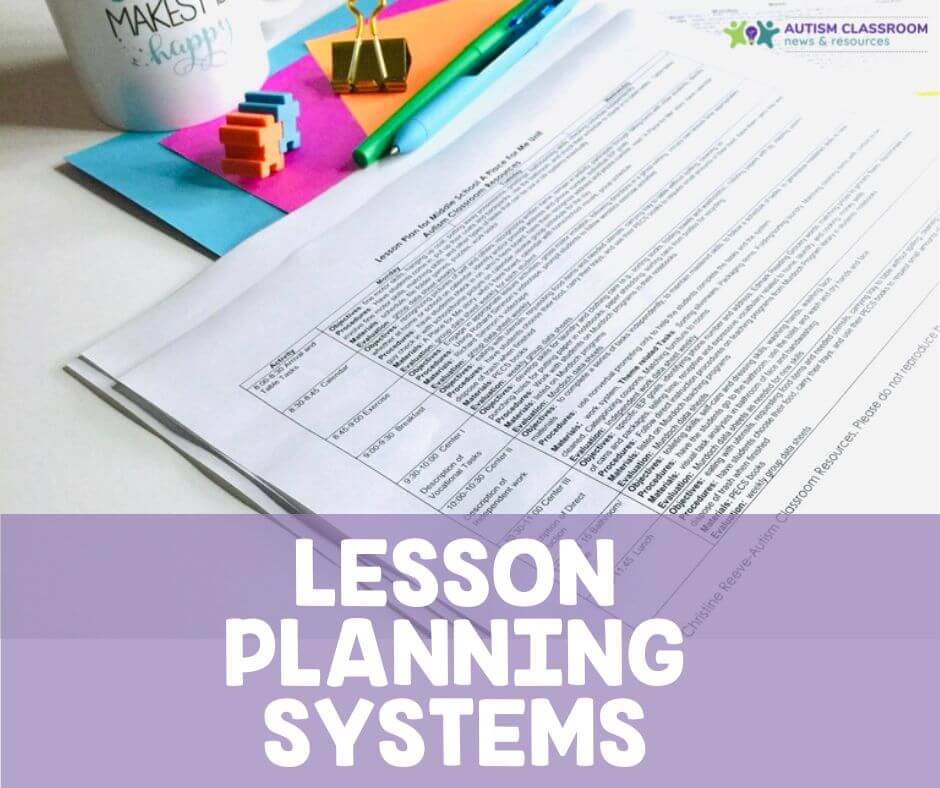
But we need to create systems for ourselves, as educators, to keep up with lesson planning. Lesson planning is important. Just like with our students, if I can give staff something they can look at, they’re going to be more likely to follow it. And I don’t have to be there to tell them to do it.
So it’s going to make our autism classroom run more automagically, as I like to say. It’s going to run by itself. So again, that frees you up to actually do other things.
Classroom Management – Behavior Supports
Every classroom needs a classroom management system that makes sense to the students and can be implemented by all the staff. These systems help students follow the expectations because they are clearly posted and taught.
In addition, we want to make sure that we’ve got a classroom management system that is going to make sense for our students. And second, we want to make sure that we are planning our instruction in a way that our students are acquiring new skills, getting fluent in new skills, and then being able to use those skills in the situation in which they need to occur.
![Classroom management systems are critical for students in autism classrooms or any classrooms. [picture of punch cards token systems]](https://autismclassroomresources.com/wp-content/uploads/2023/01/WHAT-IS-THE-CORE-FRAMEWORK-FOR-AUTISM-CLASSROOMS-WHAT-IS-THE-CORE-FRAMEWORK-BLOG-IMAGES-9.jpg)
Instructional Systems
We also want to make sure that our instruction is clearly individualized. We need to make sure that instruction is implemented across the autism classroom effectively, and that all of these decisions are made in a way that is in keeping with what the students in this particular classroom need.
There’s a reason why your schedule and your room doesn’t look like another classroom. And that’s because the students that you have have unique individual needs. And you always want to make sure that you’re making your decisions around those individual needs. That’s the reason that I start this process with the Teaching Implementation Plan.
What are the Important Outcomes of Using the CORE Framework?
The CORE Framework is a powerful tool for educators to ensure their students are reaching their full potential. This framework is designed to emphasize high levels of student engagement in instructional activities. When students are engaged in their learning environment, they are more likely to reach their goals and have less problem behavior.
The CORE Framework also helps autism educators focus on the student, rather than the coordination between adults. This allows all adults to focus on their students and provide them with the best possible learning experience.

Finally, the CORE Framework helps to create a semi-automated classroom which allows for more efficient instruction and more time for personalized learning. All in all, the CORE Framework is an invaluable tool for educators and their students.
With a solid foundation in place, the positive outcome of your classroom will be that it will almost seem to run on its own. This is the key for autism teachers to be able to make better decisions and respond to situations in a more effective way. Having a strong core will help teachers to not have to make decisions on the fly while they’re dealing with crises or trying to get students reengaged. By having a solid core, teachers can focus on getting students to interact with the content and be successful, instead of having to figure out how to handle a situation that could have been avoided.
Looking for Tools that Can Help you Develop Your Autism Classroom CORE Framework?
Shop the Post
-
Sale!
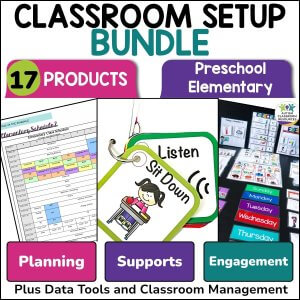
Special Education Classroom Setup Kit – Schedule, Plans, Visual Supports, etc.
$119.15Original price was: $119.15.$89.11Current price is: $89.11. Add to cart -
Sale!

Special Education Classroom Setup Kit Middle & High School – Schedule, Plans etc
$119.80Original price was: $119.80.$88.00Current price is: $88.00. Select options -
![Visual schedules and supports kit. elementary and Preschool. Solid backgrounds. Print only the images you need. [picture includes word cards without pictures, individual picture schedule cards, and large picture schedule card for checkin and group schedules.]](https://autismclassroomresources.com/wp-content/uploads/2022/06/Solid-Color-Visual-Schedules-Kit-Thumbnails-1396222-7-27-24-300x300.jpg)
Autism Visual Schedules: Classroom Daily Visual Schedule, Behavior Visuals, etc.
$10.45 Add to cart -
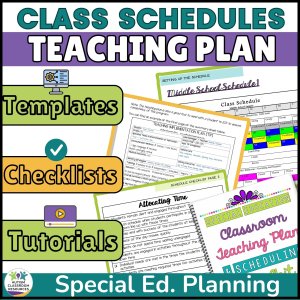
Special Education Schedule & Planning Toolkit – IEP Teaching Implementation Plan
$15.00 Add to cart -
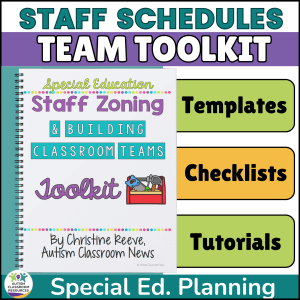
Paraprofessional Schedules and Zoning Plan for Managing Special Education Teams
$15.00 Add to cart -

Behavior Punch Card Rewards for Reinforcement & Classroom Behavior Management
$3.00 Add to cart -
![Behavior Data Sheets: PowerPoint and Google Slides; add student information; 6 types of data collection; 36 variations of data sheets [picture behavior intensity rating scale with data collected]](https://autismclassroomresources.com/wp-content/uploads/2022/06/Behavior-Data-Sheets-Cover-6-2-25-300x300.png)
Behavior Data Sheets – Editable Behavior Tracker MegaPack for Special Ed & RTI
$8.00 Add to cart -
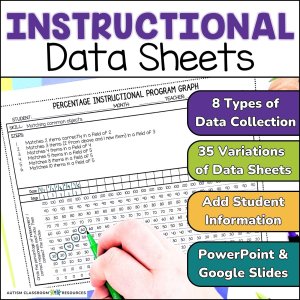
Editable IEP Goals & Objectives Tracking – Data Collection Sheets for Special Ed
$8.00 Add to cart

